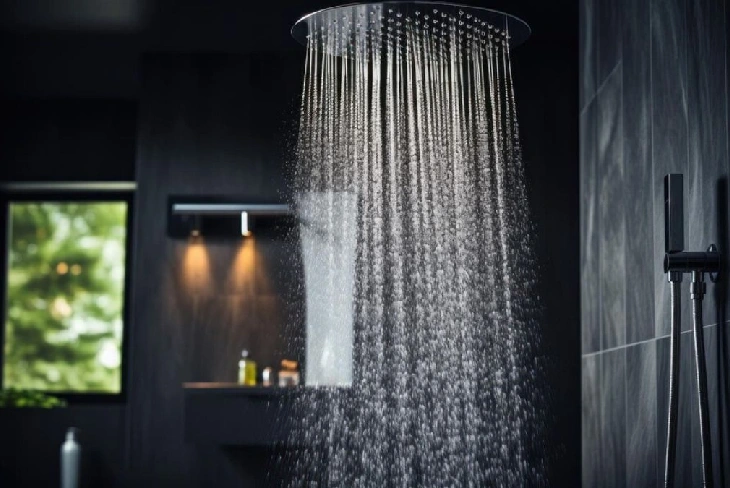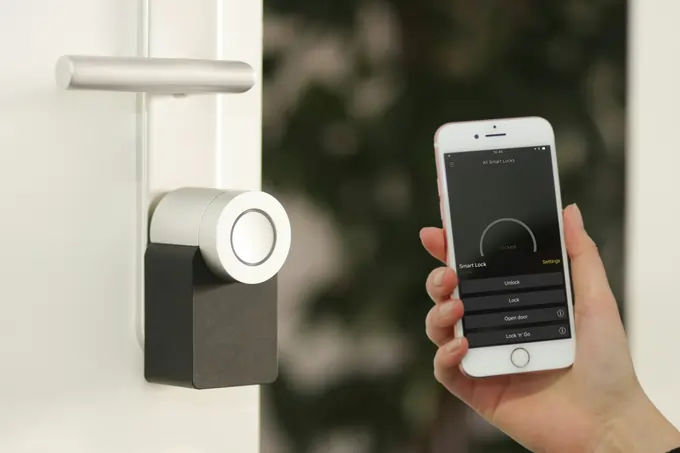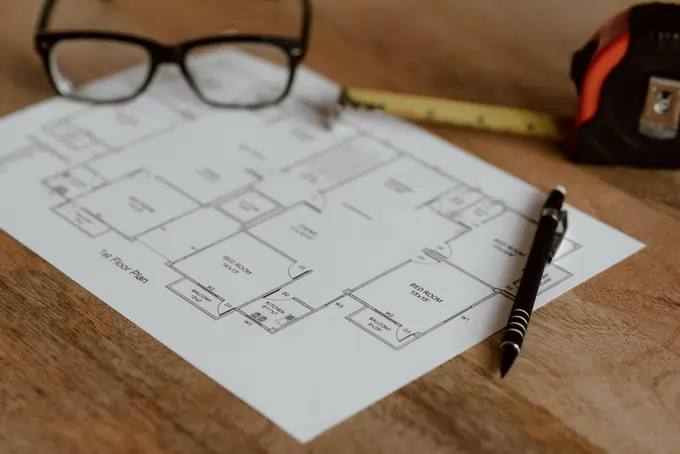
Discover the Best Home Improvement Financing Options for Your Project
Are you dreaming of a fresh new kitchen, a luxurious bathroom remodel, or even a full-blown addition to your property?
Home improvement projects can transform your living space and increase your home’s value, but they often come with a hefty price tag.
That’s where home improvement financing comes in.
Exploring Types of Home Improvement Loans
Differentiating Between Secured and Unsecured Home Improvement Loans
When exploring home improvement financing, you’ll come across two main types of loans: secured and unsecured.
Secured loans are backed by collateral, such as your home’s equity, while unsecured loans rely solely on your creditworthiness.
Understanding Home Equity Loans and Lines of Credit for Renovation
Home equity loans and home equity lines of credit (HELOCs) are popular secured financing options for home improvements.
With a home equity loan, you receive a lump sum to cover the cost of your project upfront.
A HELOC, on the other hand, works like a credit line you can draw from as needed.
Pros and Cons of Using Personal Loans for Home Improvement
Unsecured personal loans are another way to finance home improvements without using your home as collateral.
They offer flexible financing options but typically come with higher interest rates.
Weighing these options carefully is crucial to finding the best fit for your needs and budget.
How to Use a Home Improvement Loan Effectively

Planning Your Home Improvement Project Budget
Before applying for a home improvement loan, it’s essential to plan your project budget meticulously.
Accurately estimate the cost of materials, labor, and any unexpected expenses.
This will help you determine the loan amount you need to borrow.
Evaluating Loan Amount vs. Project Scope
Once you have a budget in place, carefully evaluate the loan amount you’re considering against the scope of your project.
Borrowing too little could leave you short on funds, while borrowing too much could saddle you with unnecessary debt.
Strategizing Repayments: Finding the Right Loan Term and Rate
The repayment term and interest rate of your loan will significantly impact your monthly payments and overall borrowing costs.
Longer terms offer lower monthly payments but result in more interest paid over time.
Shorter terms have higher monthly payments but lower overall interest costs.
Finding the right balance between these factors is key to affordable and manageable home improvement financing.
Best Financing Options for Different Types of Home Improvement Projects
When you’re thinking of giving your house a facelift or adding a cool new feature, the first puzzle to solve is finding the cash. That’s where Home Improvement Financing kicks in. Whether it’s a major remodel or just sprucing up a room, there’s a financial fit for every project.
The trick? Dive deep into the options. For big transformations, a home equity loan might be your best bet, giving you a nice chunk of money with lower interest rates. On the flip side, if you’re doing something smaller or just hate the idea of borrowing against your home, a personal loan or a Home Improvement Financing credit card can get the job done without tying up your home as collateral. Each option has its perks, so finding the right one can make all the difference in getting that dream project off the ground.
Financing Options for Major Renovations: What Works Best?

For major home renovations like room additions or whole-house remodels, secured loans like home equity loans or HELOCs are often the most cost-effective options.
These loan products allow you to tap into your home’s equity while enjoying lower interest rates and more favorable terms.
Short-term Financing for Smaller Home Repairs and Upgrades
If you’re tackling smaller home improvement projects like updating fixtures or minor repairs, an unsecured personal loan could be a convenient solution.
These loans offer quick access to funds without tying up your home’s equity.
Finding Flexible Financing for Energy-Efficient Upgrades like Heat Pumps
Many lenders and government programs offer special financing options for energy-efficient home improvements.
These may include low-interest loans, tax credits, or rebates to encourage homeowners to go green.
Exploring these options can help make your energy-saving upgrades more affordable.
Home Improvement Loan Rates and How to Secure the Best Deal
So, you’re thinking about jazzing up your place and need some extra cash? Look no further! Home Improvement Financing can be your best buddy. It’s all about finding a sweet deal that doesn’t break the bank. The trick is to compare different loan’s rates like a pro.
Start by shopping around and don’t shy away from negotiating. Remember, a better credit score can land you a killer deal. And hey, sometimes local banks or credit unions offer gems that big banks can’t match. So, keep your eyes peeled for the best rates to make your home dream a reality.
Comparing Interest Rates: What Affects Your APR?
Interest rates on home improvement loans can vary significantly depending on several factors.
Your credit score, income, debt-to-income ratio, and the type of loan you choose will all impact your annual percentage rate (APR).
How Your Credit Score Influences Loan Rates and Options

Borrowers with excellent credit typically qualify for the most competitive rates and have more loan options to choose from.
If your credit score is less than ideal, focus on improving it before applying to secure better terms.
Negotiating Terms with Lenders for More Favorable Conditions
Don’t be afraid to shop around and negotiate with lenders to secure the best possible terms on your home improvement loan.
Comparing offers from multiple lenders can help you find the most affordable monthly payments and lowest overall costs.
Common Questions Around Home Improvement Financing
Hey there! So, when it comes to sprucing up your pad, there are tons of frequently asked questions about how to foot the bill, right? First off, folks often wonder how much dough they can borrow. Well, home improvement loan amounts seriously vary, but they’re all about giving your place the glow-up it deserves without draining your wallet. You see, these aren’t your typical loans; they’re installment loans, which means they’ve got set rates and longer repayment terms that don’t change on you mid-way.
Now, if you’re dialing up banks or using some fancy telephone dialing system to chat with lenders, you wanna keep an ear out for the best deals. The secret sauce is finding lenders to find those sweet, sweet deals where rates are based not just on the flip of a coin but on real deal factors. Plus, there’s talk about programs from the Federal Housing Administration and other cool cats offering programs to help homeowners jazz up their spaces with loans that don’t require selling your firstborn.
And, get this, some places offer what they call white glove service to hand-hold you through the whole process, making sure you snag a loan that’s got your back. They’ll even help you figure out if a certain program is available in your corner of the world. So, when it comes to getting your home from meh to wow, there’s definitely a way to make it happen without pulling your hair out!
Securing a Loan Without Equity: Is It Possible?
If you don’t have enough equity in your home to qualify for a secured loan, an unsecured personal loan could be an alternative.
These loans rely on your creditworthiness rather than collateral.
How to Use Your Home as Collateral Without Risking Your Property
While secured loans use your home as collateral, proper planning and responsible borrowing can help minimize the risk of foreclosure.
Avoid borrowing more than you can comfortably repay, and always make your payments on time.
What to Do If You Don’t Qualify for a Traditional Home Improvement Loan

If you’re struggling to qualify for a traditional home improvement loan, alternative options like credit unions, government programs, or peer-to-peer lending platforms could be worth exploring.
Remember, there are always creative solutions for motivated homeowners.
Offer Financing for Home Improvement: A Tool for Business Growth
Ever dreamed of offering the best home improvement plans but funds got in the way? Enter the game-changing loan program! Picture this: your customer wants to pay for home fixes but their credit history is a bit wobbly. That’s where a soft credit check swoops in, keeping things light and easy. You, as a savvy business owner, can grow your business by providing flexible payment options that cater to everyone’s needs.
The Department of Housing and Urban Development is your bestie here, offering Title I loans for property improvement that don’t lean on home equity. And guess what? Your customers could get a higher loan amount with fixed interest rates and sweetness like a discount of 0.25 if they opt for auto-pay, with rates range being super friendly.
For the nitty-gritty, personal loan rates typically look higher, but with these home improvement programs, your clients can snag smaller interest and cozy longer repayment terms. The standard term is 15 years to repay the loan, making it a smooth ride for monthly budgets. This badass ability to offer such deals can make you the go-to for all dealers and contractors looking to help folks apply for a loan without sweating the money you need to borrow.
How Offering Financing Options Can Help Close More Sales
For contractors, dealers, and other home improvement professionals, offering financing to customers can be a powerful sales tool.
Giving homeowners flexible ways to pay for projects can remove financial roadblocks and increase conversion rates.
Integrating Customer Financing for Home Improvement into Your Business Model
Incorporating customer financing into your business model can streamline the sales process and create a better customer experience.
Partnering with lenders and educating customers on financing options can position your company as a one-stop shop.
Best Practices for Partnering with Financial Institutions to Offer Financing
When partnering with financial institutions to offer home improvement financing, transparency and clear communication are key.
Ensure you understand the lending criteria, rates, and terms to provide accurate information to customers.
Regular training and open communication with your lending partners can help ensure a smooth financing experience for all.
FAQs
What credit score do you need for a home improvement loan?
Credit score requirements for home improvement loans can vary, but most lenders prefer a score of 660 or higher for the best rates and terms.
Lower scores may still qualify, but you may face higher interest rates or need to provide additional documentation.
Which loan is best for home renovation?
The best loan for home renovation depends on the scope of your project and your financial situation.
Home equity loans and HELOCs often offer lower rates and costs for larger projects, while unsecured personal loans may be more suitable for smaller renovations.
What is the interest rate on a home improvement loan?
Interest rates on home improvement loans can range from around 3% to over 30%, depending on factors like your credit score, loan type, and lender.
Secured loans like home equity loans and HELOCs typically offer lower fixed rates, often in the 3-8% range for qualified borrowers.
Unsecured personal loans for home improvement tend to have higher variable rates, commonly ranging from 6-36% based on your credit profile.
What is the average length of a home improvement loan?
The repayment term for home improvement loans can vary widely based on the type of loan and lender.
Home equity loans often have terms as long as 30 years, while personal loans may be shorter, typically ranging from 2-7 years.
HELOCs provide more flexibility, allowing you to draw funds as needed and make interest-only payments during the initial draw period of 5-10 years.




